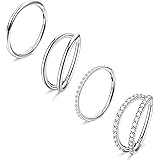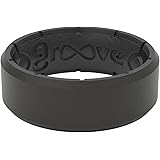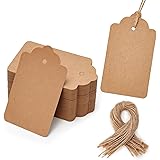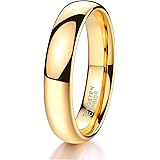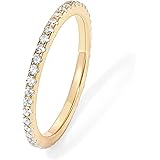
The value of gold jewellery is determined by various factors. Some of the most crucial include karat purity, weight, and craftsmanship. In addition, other elements like the historical significance or brand name of the piece may also add to its worth. Valuation procedures are important for a variety of reasons, including insurance claims, resale transactions, and estate planning. It is essential to be familiar with this process in order to get a clear understanding of the financial value of your gold jewellery items and make informed decisions throughout the selling or repurchasing process.
The first step of gold jewellery valuation is a meticulous inspection and authentication of the pieces. Professional evaluators can use visual inspection, touchstone testing, or even advanced equipment to verify the authenticity of the gold. They can also examine the pieces for hallmarks or stamps that indicate the gold’s purity (karats).
Once the evaluator has verified the gold content, the next step is to determine the jewellery item’s weight and measurement. This is done using a high-precision scale that can measure down to the milligram, ensuring accuracy. This is a crucial step as a small discrepancy in the weighing or measurement can greatly affect the jewellery’s valuation.
In some cases, the jewellery item’s price is calculated by adding a labour cost to the gold value. For example, a ring that is made of a 3-gram piece of gold will have a labour cost of 0.570 fineness. The jeweller will then raise the price of the ring by multiplying the gold value by this labour cost, and this is what you end up paying for when buying jewellery. However, this method of valuing jewellery is highly unreliable as it does not reflect the true price that was paid to produce it.
Another factor that affects the jewellery’s value is the design and craftsmanship. This is because the intricacy of a piece of jewellery or its uniqueness can significantly boost its worth, especially if it was produced by a reputable designer or jewelry maker. Similarly, antique pieces tend to attract higher prices because of their historical significance and rarity.
Lastly, the condition of the jewellery item is also a major determining factor in its value. A functionally broken jewellery item is typically worth less than a fully functioning piece. Examples of this include a watch that has a broken clasp or an earring that is missing its matching pair.
It is important to keep in mind that the gold jewellery market value is constantly changing, making it essential to have your pieces valued periodically. Getting regular evaluations of your gold jewellery from a trusted and certified expert will ensure that you are always on top of the current market trends and are able to maximise the amount of money you can get for your items. This will also protect you against the risk of undervalued and fraudulent jewellery items.
